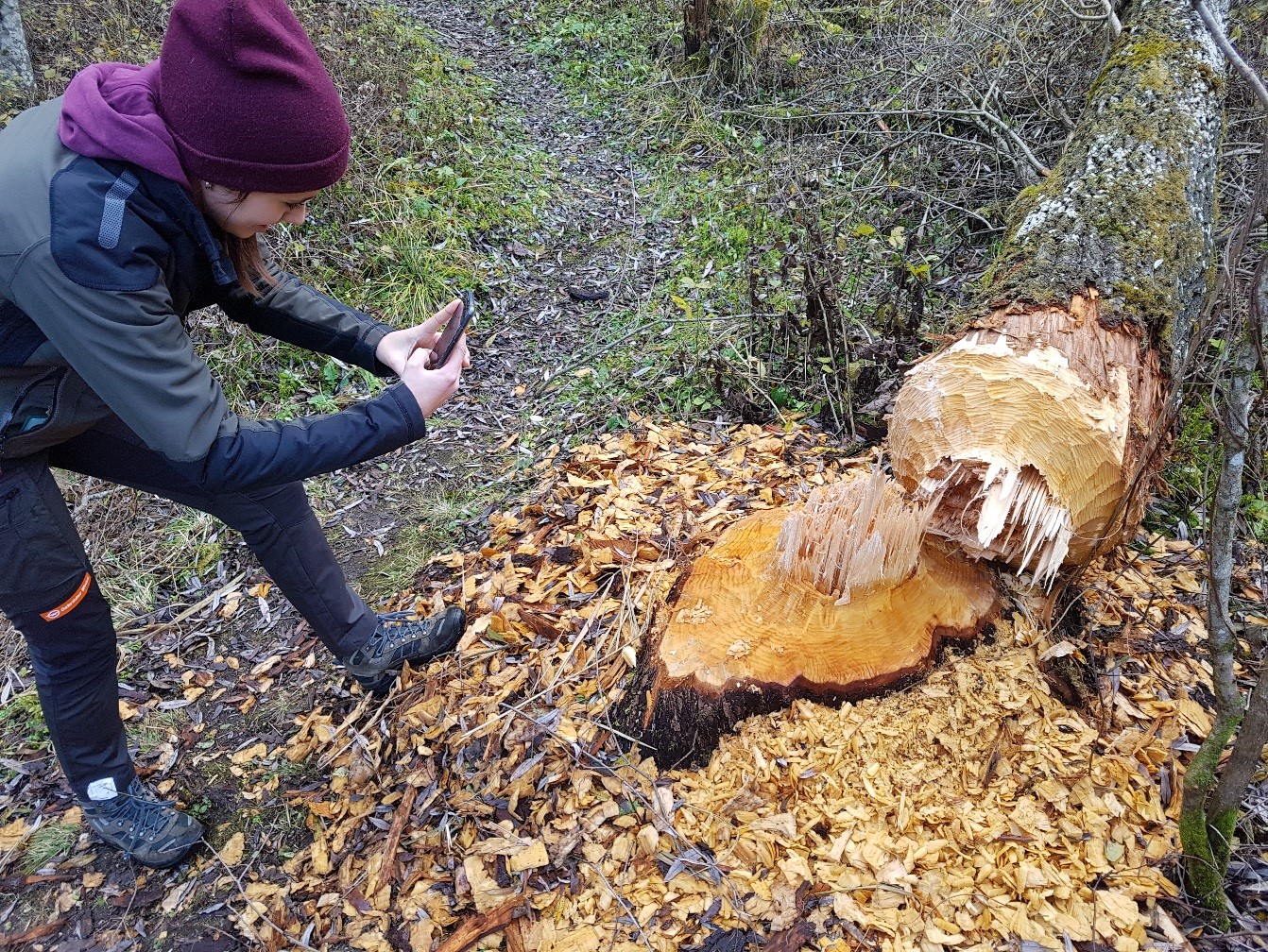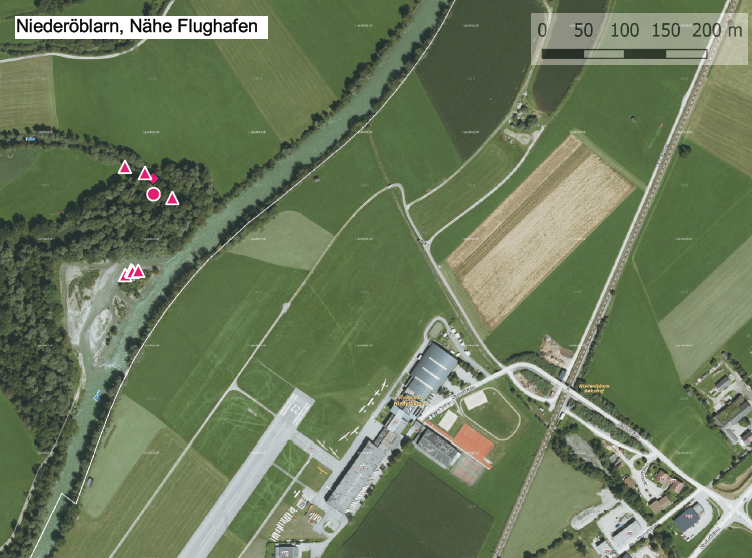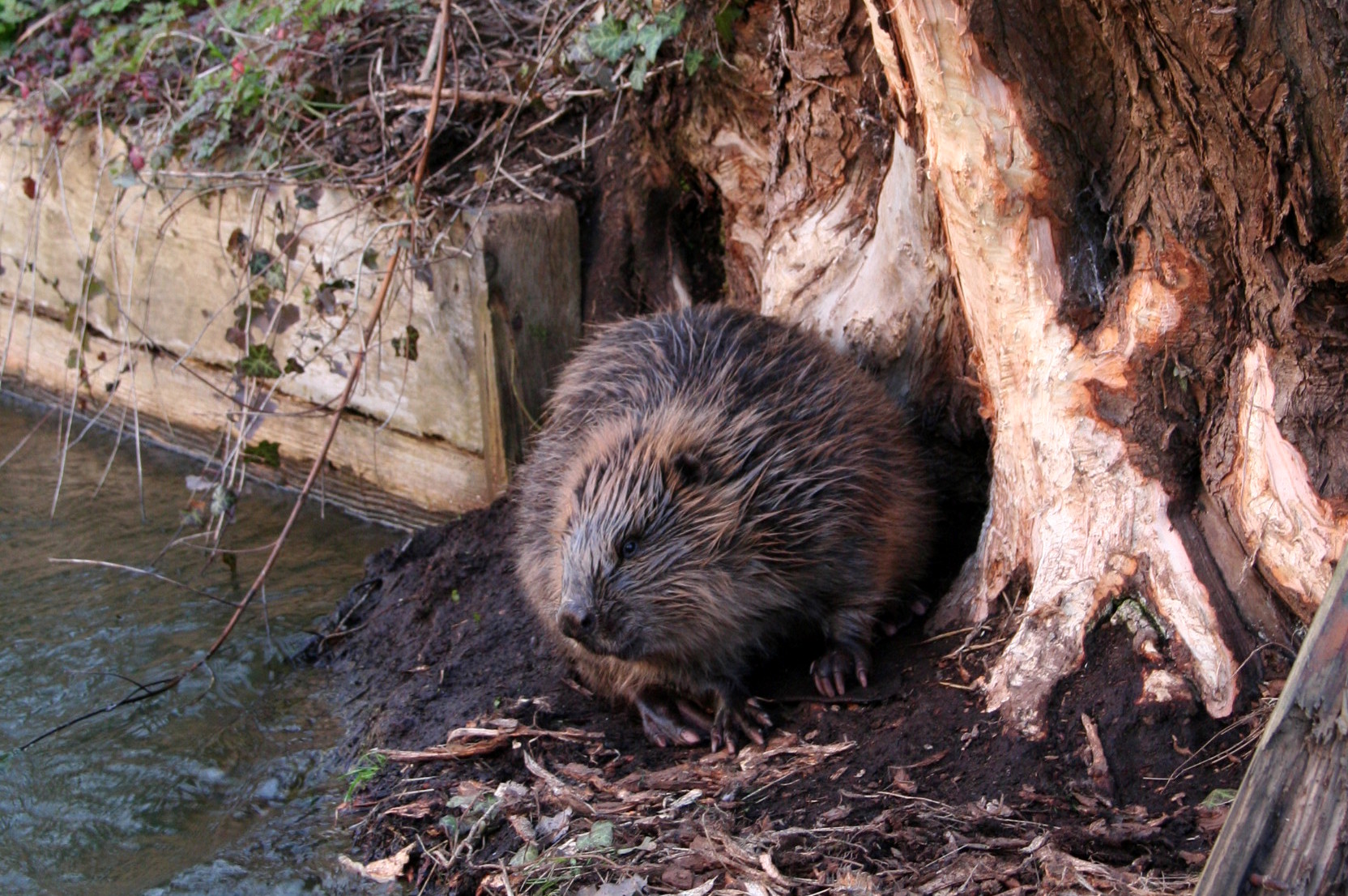This best practice manual resulted in the diploma thesis “Beaver management in the Styrian Ennstal” by Julia Holzmüller and Alexandra Golesch from class 5a, which was supervised by Mag. Verena Mayer. The work dealt with the scientific mapping of beaver occurrences in the Ennstal, the analysis of an opinion survey, which was intended, among other things, to correct circulating untruths about the beaver and suggestions for management measures.
This diploma thesis was awarded third place at the HBLFA Raumberg-Gumpenstein.
The Styrian Ennstal as a habitat for the beaver
In some places, the Styrian Enns offers optimal habitats for beavers, not only due to the food supply, but also due to the slow flow speed. Beaver occurrences were documented in Stein an der Enns, Niederöblarn, Gstatterboden and Altenmarkt. The population of beavers is increasing and the increasing distribution also correlates with the potential for conflict, which can make coexistence between the population and the animal more difficult.
Mapping the beaver occurrence in the Ennstal
Using a specially prepared beaver survey form from apodemus and the GPS app “Locus Map”, various beaver territories were examined and documented for new traces.
A rather new area can be found in Niederöblarn (St. Martin am Grimming). The latest beaver tracks were recorded and mapped there as part of the diploma thesis.

Mayer Verena, Mag.
former research assistants- Traces of feeding on trees and trunks can lead to forestry damage or even pose a danger to people if eaten trunks become unstable along paths.
- Corridors beneath paths and fields can cause the ground above to collapse.
- Eating crops is a relatively negligible problem and the economic damage is rather small.
Measures
- When used in agriculture and forestry, a distance of five meters from the body of water must be maintained, as around 90% of conflicts with beavers occur in this zone.
- Fencing in trees and fields is also an effective protective measure. Sheet pile walls or grids, which have proven particularly useful in Romania, are suitable for protecting flood dams through underground passages.
- Removing beaver burrows should only be seen as an emergency solution; destroying beaver burrows will only cause greater damage as the beaver will then build a new home.
- The beaver is strictly protected by the FFH directive, which prohibits any regulation of the population.
Results of the online survey
People from all Austrian federal states took part in the survey. It was found that few people are aware of beaver premiums and compensation payments and that there is little or no support for damage caused by beavers in certain regions, which in turn creates renewed conflict situations. It also turns out that many falsehoods are being spread, such as that the beaver also eats fish. Awareness-raising measures are therefore important in order to minimize conflicts.
More details about conflicts, precise descriptions of the measures and the entire results of the survey and mapping can be found in the diploma thesis.
If you have further questions: Mayer Verena, Mag.

Mayer Renate, DI
Acquisition

Fig1: Traces of feeding in Gstatterboden Fig2: Beaver occurrence in St. Martin






